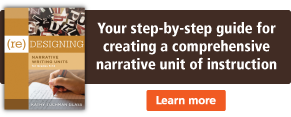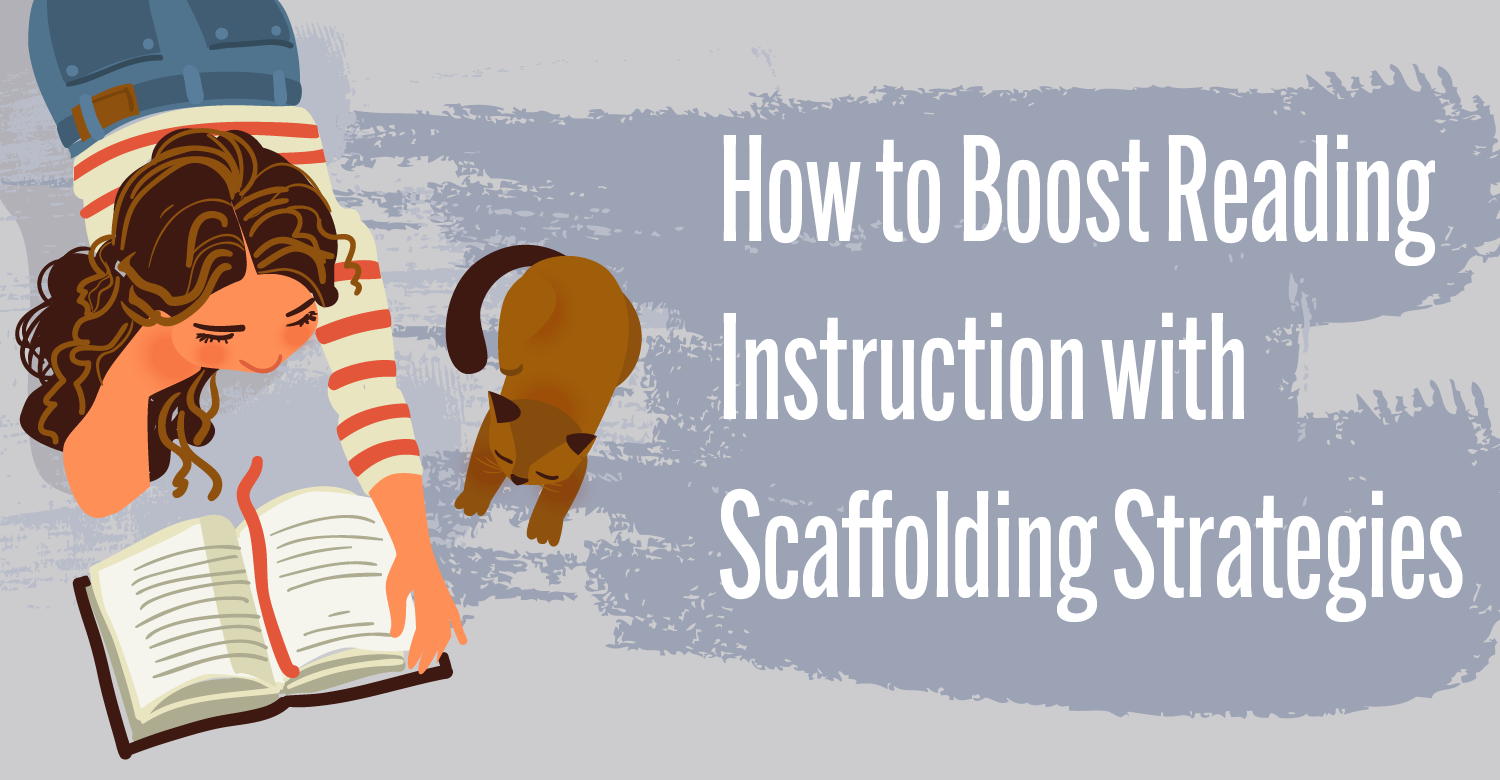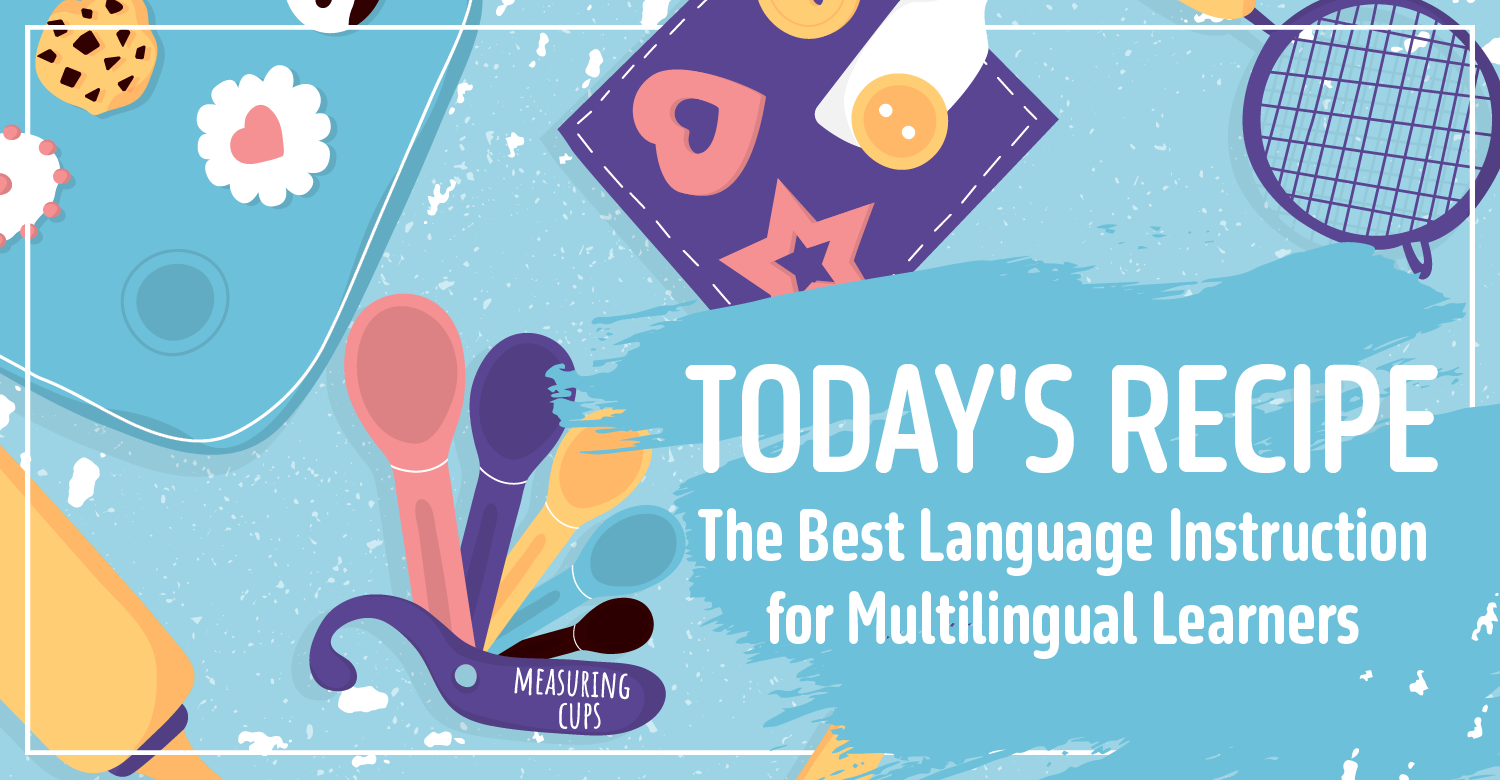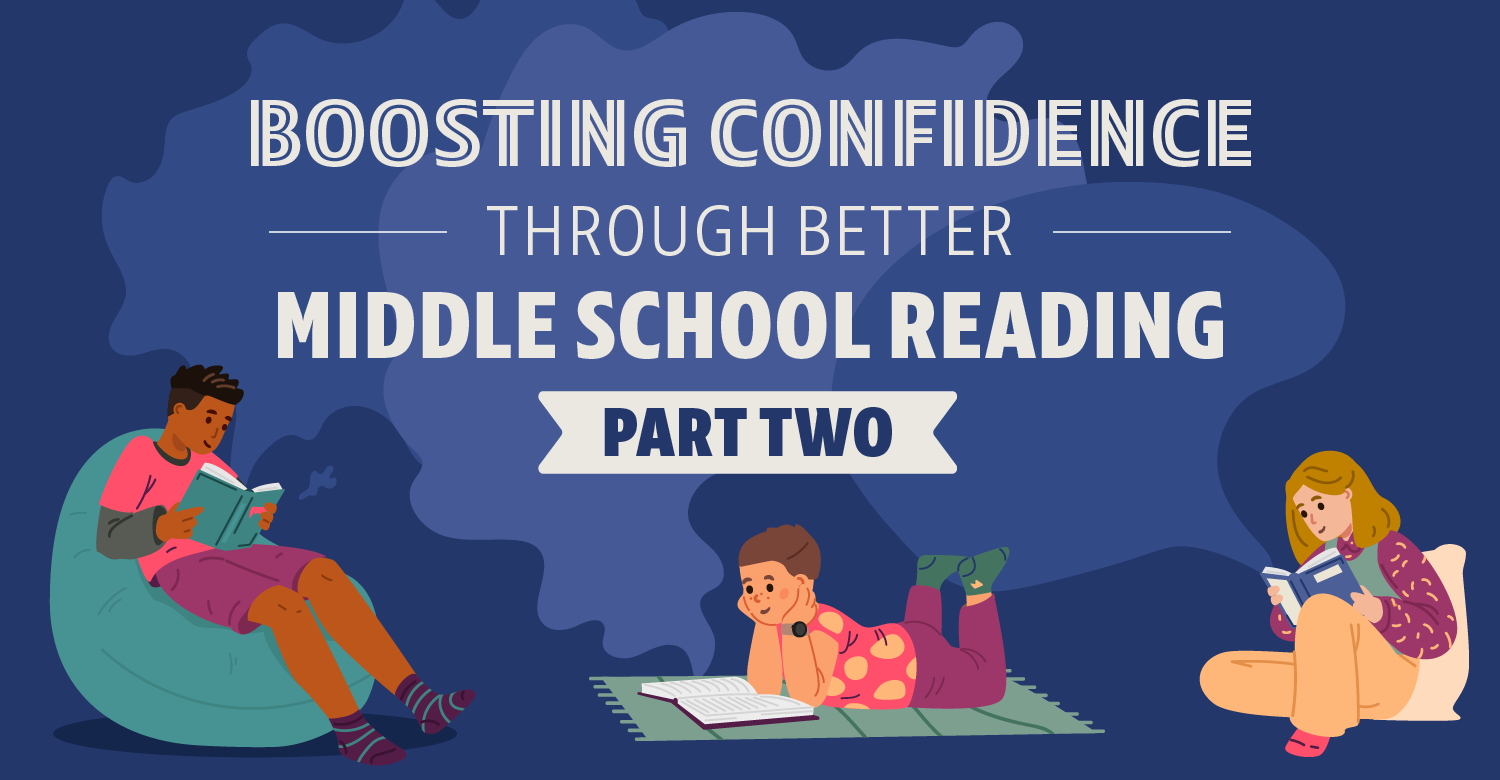This blog post is connected with the book (Re)Designing Narrative Writing Units for Grades 5–12.
To effectively revise their writing for improvement, students need guidance on how to critically examine their own and classmates’ papers to detect strengths and weaknesses. To aid them, create a revision sheet that functions as an instructional tool for self-assessment and peer review. It should be expressly designed for students to critique key elements of the genre they aim to produce and align with the writing checklist and rubric that reflect expectations and criteria for the task.
To illustrate what a revision sheet can entail, see these links for a narrative writing piece and an argumentation essay. In each of these samples, students zero in on characteristic elements for each kind of writing. For example, the narrative revision sheet asks students to identify the central conflict and to write an important dialogue exchange showing plot movement or character interaction. In the argumentation essay revision sheet, students find and record evidence of these indicators: determine the thesis statement and identify places in the paper where there is relevant and sufficient evidence that builds a logical argument.
To use the revision sheet as an instructional tool, students can first use it to self-assess. Afterward, peers or a parent or guardian can repeat the exercise to give additional feedback. Here is how it can be used to assist students in producing their best work.
The writing process using revision sheets:
-
Writer composes a first draft.
After prewriting, students compose a first draft.
-
Writer self-assesses using the revision sheet.
Students self-assess their drafts using the revision sheet line items to guide them. This exercise will uncover if a paper clearly includes evidence of a criterion item, it somewhat does, or it is void of an item. This is what students can input on their revision sheets to indicate evidence or lack thereof.
- Strong: If the writer can state with conviction that an aspect of the paper is present and done well, he or she responds to the prompt in the right column by showing evidence from the paper, along with an asterisk denoting it is strong. Here is a line-item example from the narrative revision sheet:
An engaging beginning draws in readers. Write a sentence that draws in readers: - Average or weak: The writer recognizes that an element is included but realizes it is average or somewhat weak. If this is true, he or she enters the evidence and then puts parentheses around it to indicate that it needs to be improved when revising for the next draft.
- Nonexistent: The writer realizes that the element is missing; therefore, he or she inputs a double dash to indicate that the paper is void of this element.
-
Writer revises to produce another draft.
When finished, allot time for students to revise their drafts based on what they discover from the self-reflection exercise.
-
Reviewer uses the revision sheet to give feedback.
Make a clean copy of the revision sheet for peers. Using the same process outlined in #1–3 above, students critique a peer’s paper. As an option, students can also share their papers with a parent, guardian, or relative who uses a clean copy of the revision sheet to provide input. By using the revision sheet instead of marking on students’ papers, it avoids any problem of intrusive reviewers and keeps the comments focused on the characteristic elements of the paper.
-
Writer revises paper using input from others.
Once students receive input from peers and perhaps someone at home, they incorporate their input, as they choose, and produce another draft.
As a teacher, your expertise and instruction are vital to students’ progression. Specifically, even though students self-assess and solicit comments from others, it is important that you have eyes on students’ papers and offer feedback as well. You can use the revision sheet (or checklist or rubric) to guide a conference with students one on one.
Additionally, before students use the sheet for peer review, it is imperative that you teach students how to give worthwhile feedback so that their input is valuable and correct. Since each line item on the revision sheet should represent learning outcomes and align with the genre you are teaching, conduct lessons around key skills. Also, make sure you model how to use the revision sheet using a student sample from a previous year or from an online source. See a list of online resources at the end of this post.
Giving students ample time to self-reflect and give feedback to each other about their writing against criteria helps to maximize their chances for success. A revision sheet can be one such tool to afford students this opportunity to critically examine what contributes to writing success.
Resources:
Achieve the Core’s Student Writing Samples
Brown’s Student Learning Tools
Holt, Rinehart and Winston’s Holt Online Essay Scoring—Writing Prompts
Literacy Design Collaborative’s Student Work Samples
New York Times’ The Learning Network Student Contests and Student Contest Winners (These are the products of 13–19-year-old contest winners, which are accessible for use in the classroom.)
Oregon Department of Education’s Writing Scored Student Work (Grades 3–8)
Roane State Community College Sample Essays for Narrative and Descriptive Writing
Teacher’s College Reading & Writing Project (TCRWP): Student Writing
[author_bio id=”201″]







